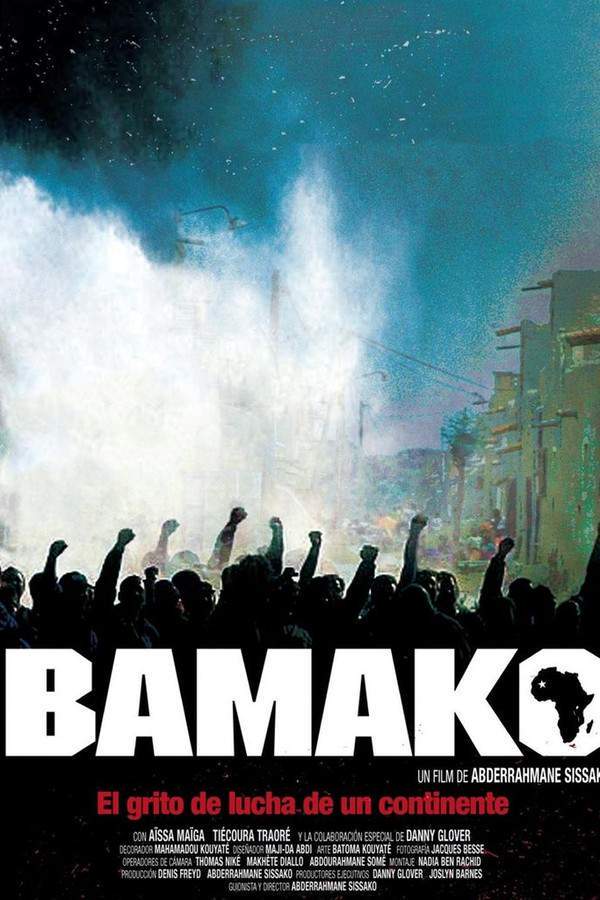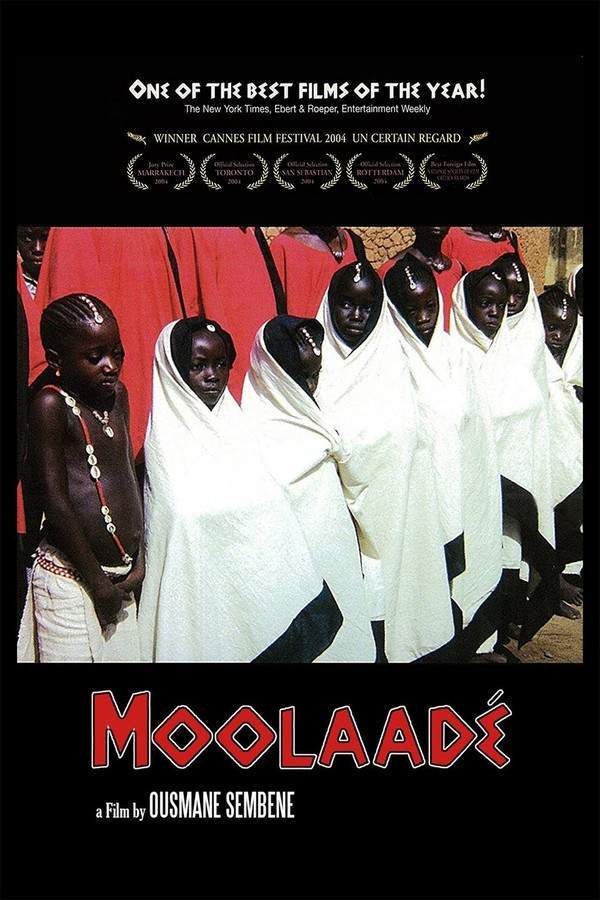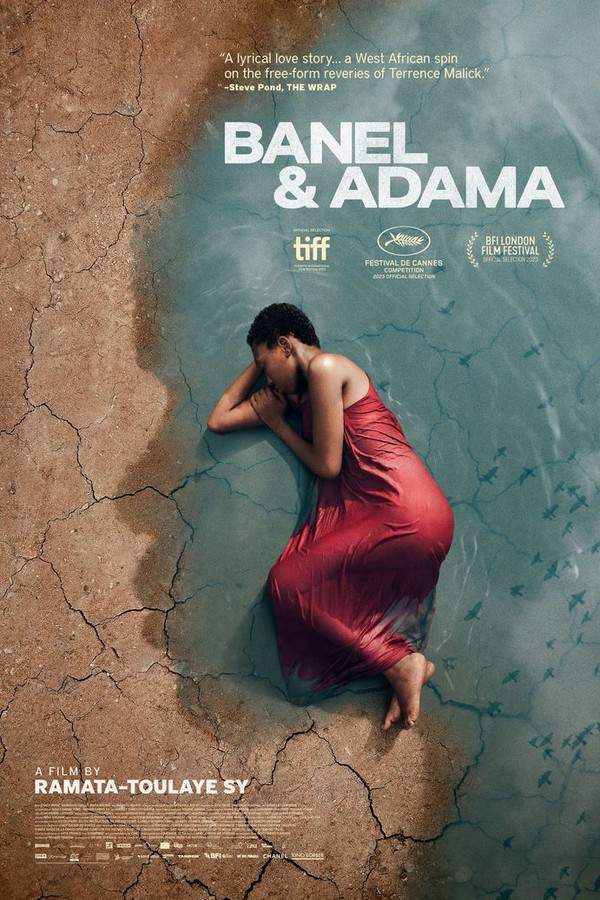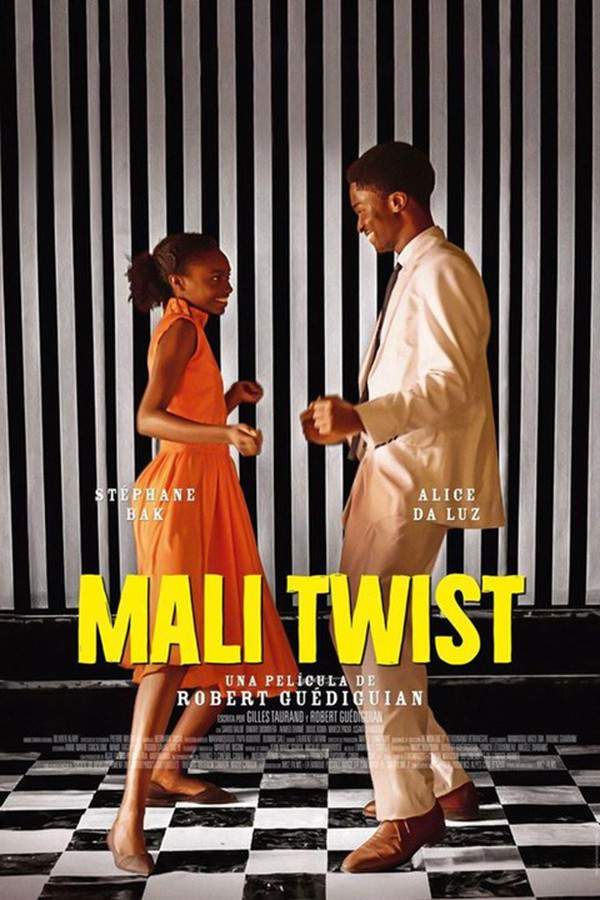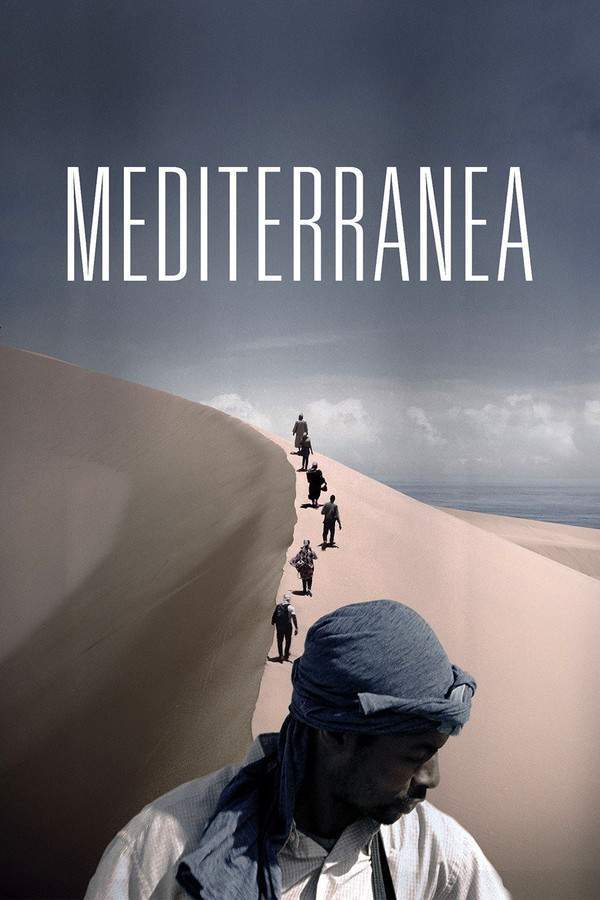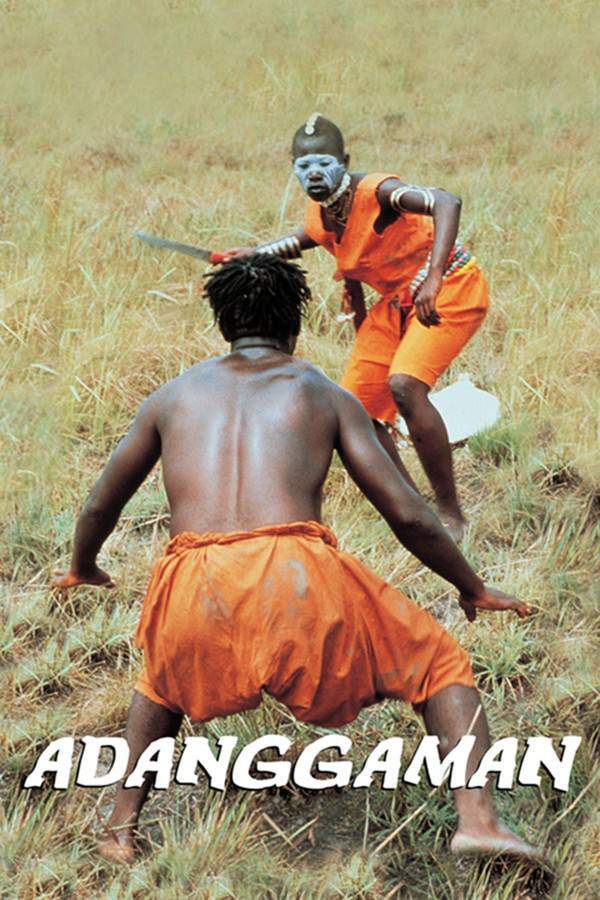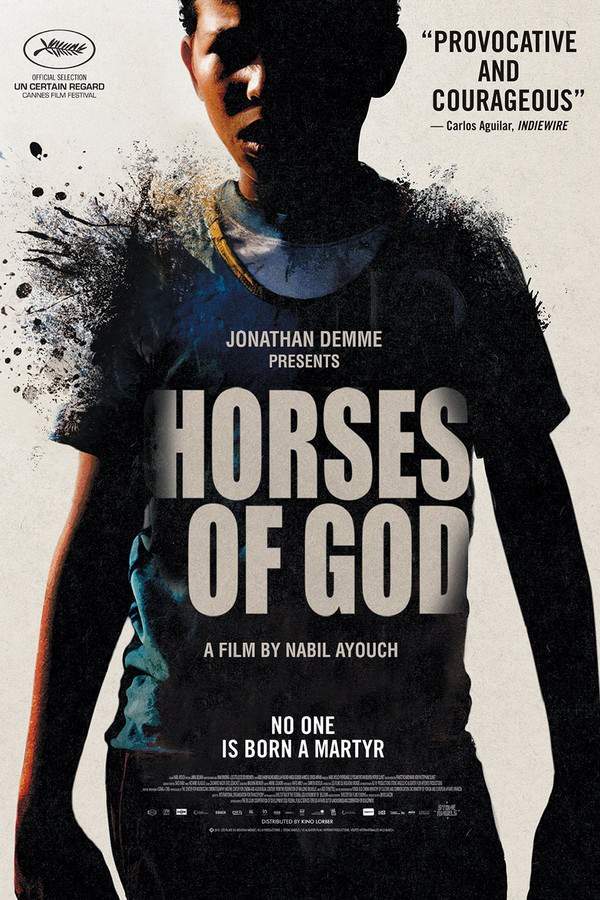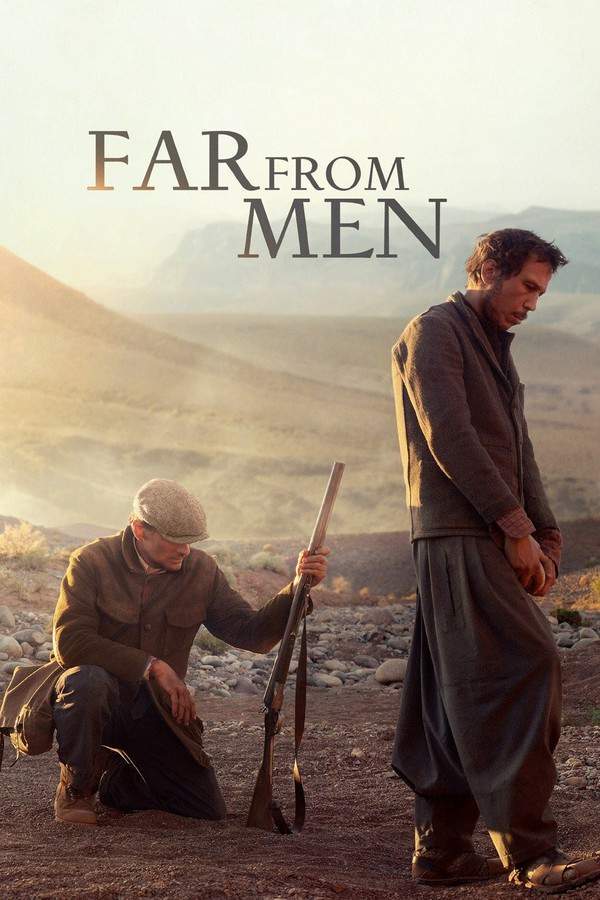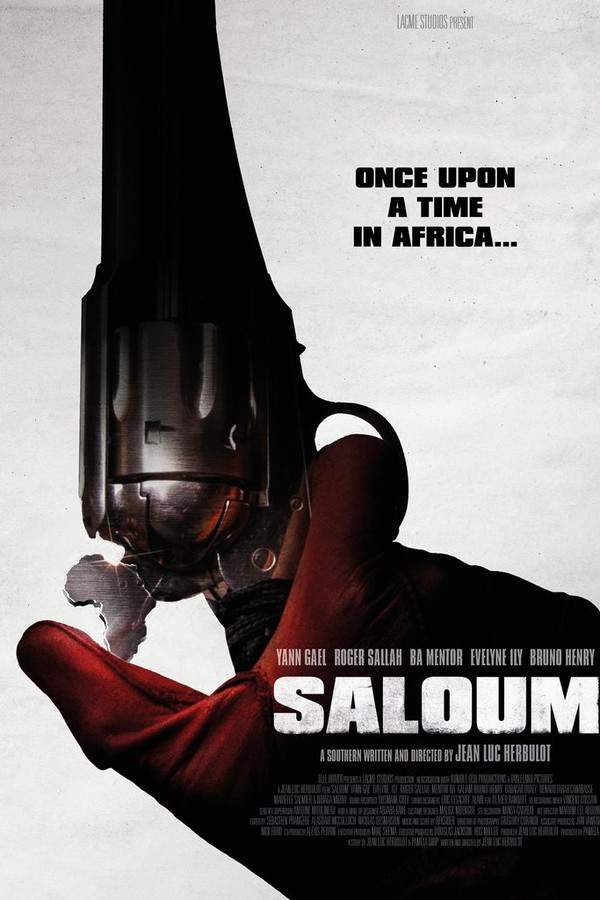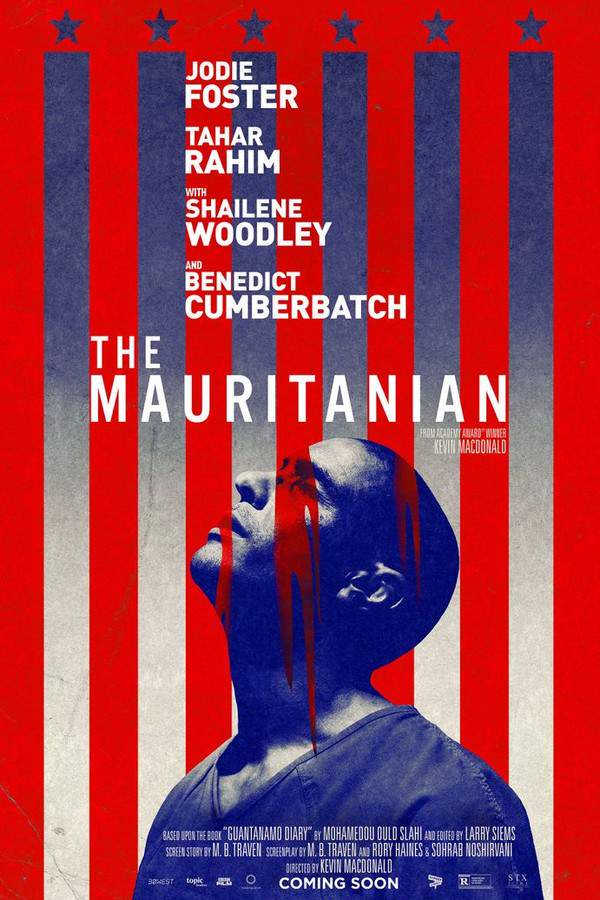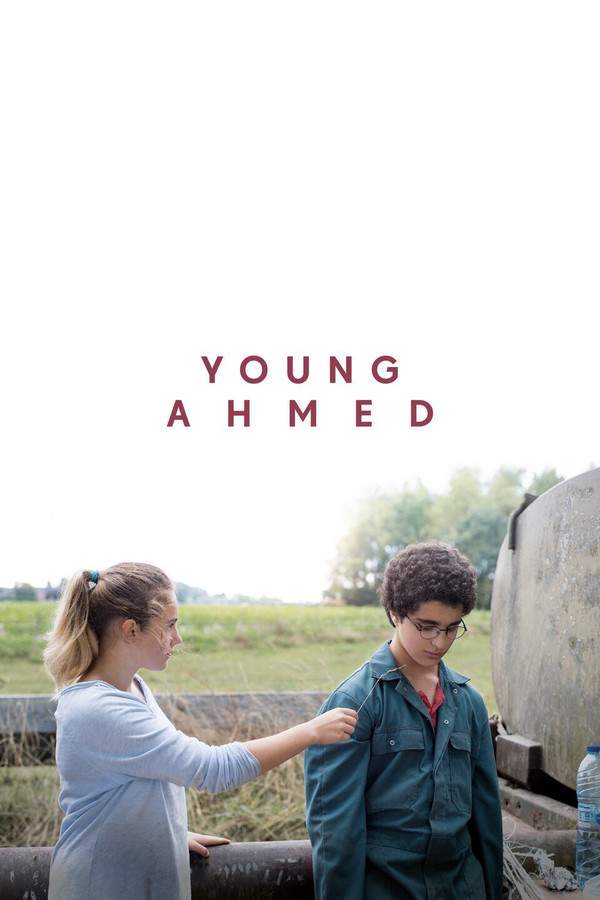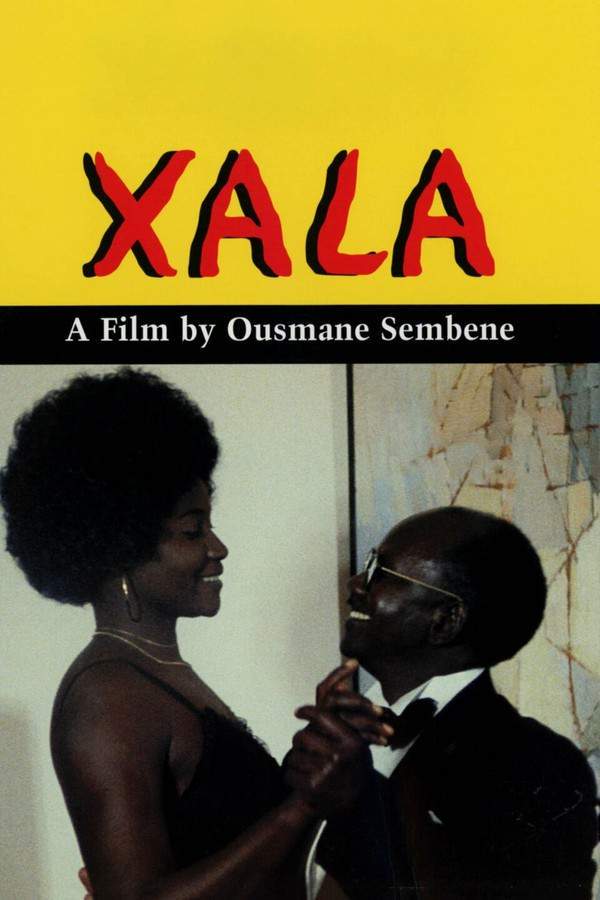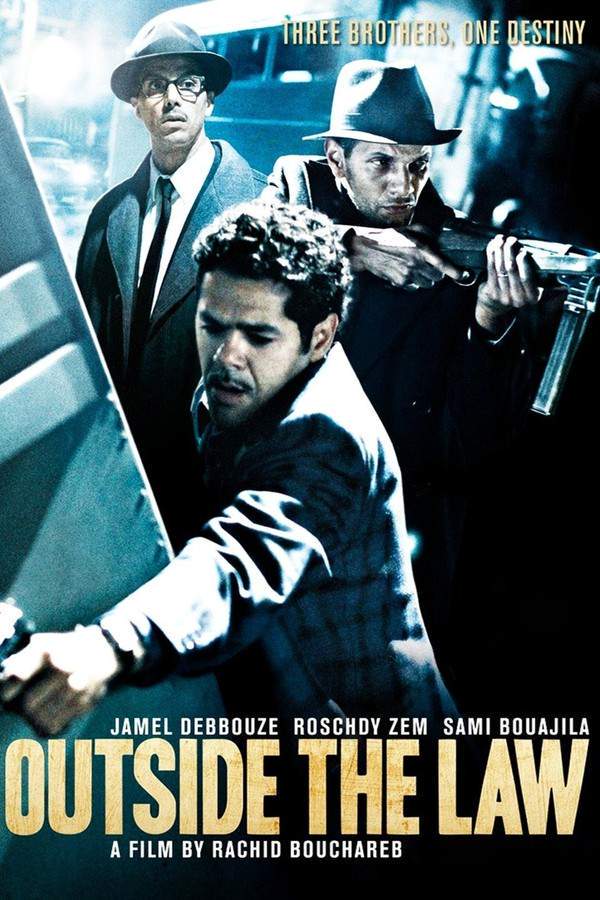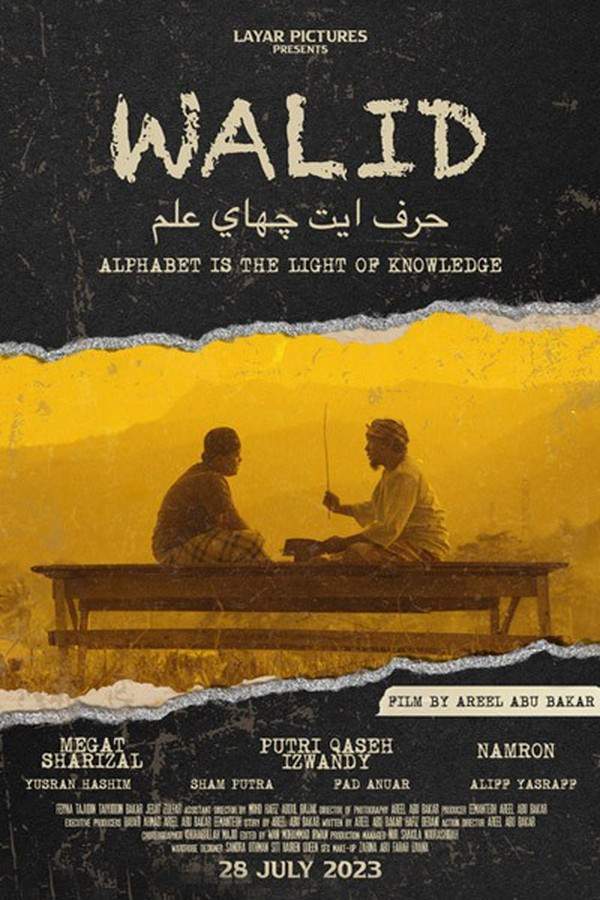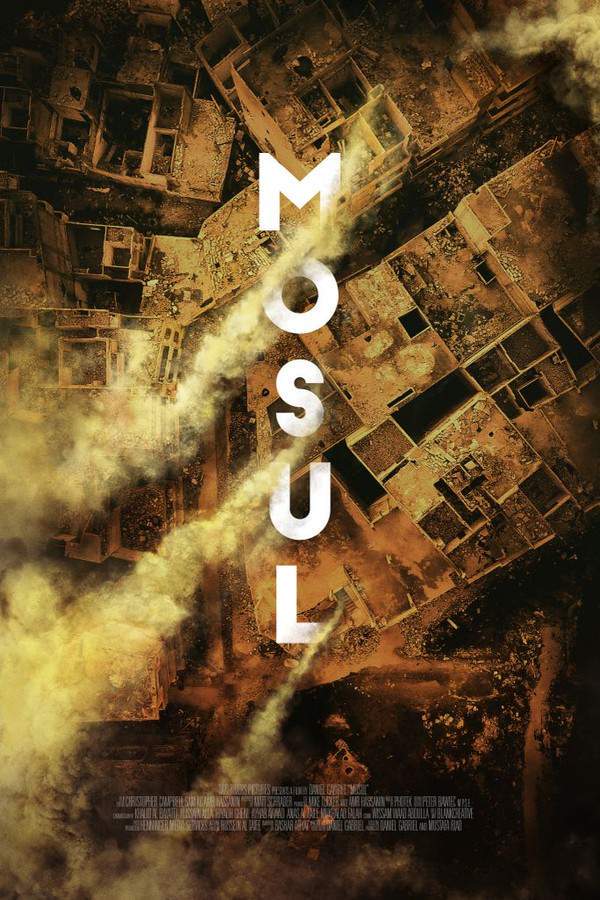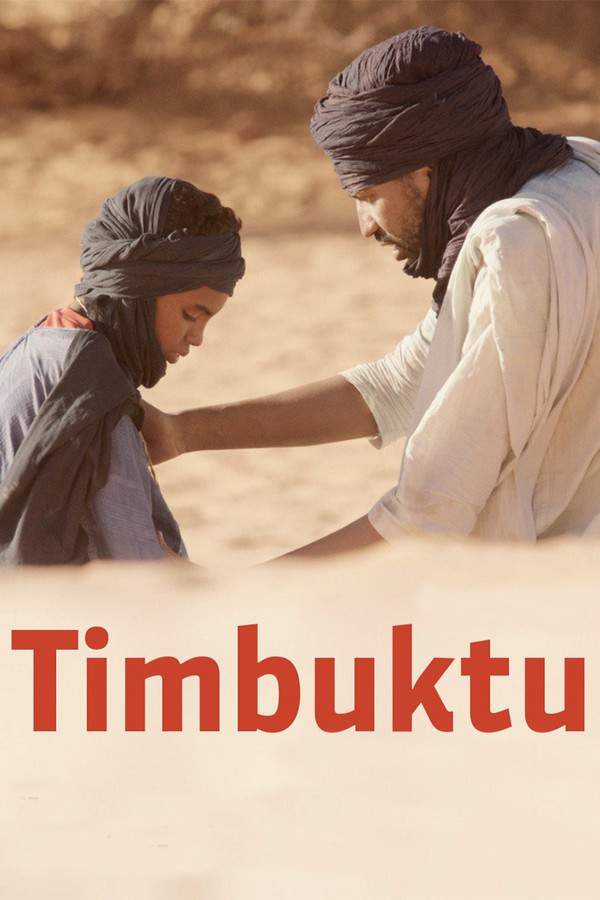
Timbuktu
Year: 2015
Runtime: 97 min
Language: French
Director: Abderrahmane Sissako
In a remote region of Mali, a peaceful craftsman's life is shattered by the imposition of religious extremists. Kidane finds his quiet existence upended when a tragic incident draws the attention of the oppressive new rulers. As the once-lively city of Timbuktu is plunged into fear and hardship, Kidane and his family struggle to maintain their dignity and resist the regime's stifling control, facing difficult choices and enduring profound loss.
Warning: spoilers below!
Haven’t seen Timbuktu yet? This summary contains major spoilers. Bookmark the page, watch the movie, and come back for the full breakdown. If you're ready, scroll on and relive the story!
Timbuktu (2015) – Full Plot Summary & Ending Explained
Read the complete plot breakdown of Timbuktu (2015), including all key story events, major twists, and the ending explained in detail. Discover what really happened—and what it all means.
Armed members of the Ansar Dine group drive a jeep across the sandy expanse in pursuit of a gazelle, setting a tense tone from the start. They shift their attention to intricately carved Bambara sculptures, including depictions of bare-breasted women, signaling a clash between sacred spaces and destructive intrusion. Upon reaching Timbuktu, a city celebrated for its relatively tolerant interpretation of Islam, the jihadists impose strict clothing rules, critique the length of pant legs, and mandate burkas, gloves, and stockings for women in public. Their grip tightens with swift prohibitions: television, radio, football, alcohol, music, and loitering are all banned. Yet when the foreigners enter a local mosque wearing shoes, the Imam offers a quiet but firm rebuke, diplomatically standing up to their rules.
Beyond Timbuktu, a nomadic family lives in a simple tent: Kidane, Ibrahim Ahmed the father; Satima, Layla Walet Mohamed the mother who chooses not to veil; Toya, Toulou Kiki the daughter; and Issan, Mehdi A.G. Mohamed the adopted son. They sustain themselves with modest livestock—eight cattle and goats—and their prized cow GPS is pregnant, with Kidane hoping to gift the calf to Issan. Issan tends the cows near the river, while Amadou, a fisherman, has nets cast into the water. Nearby, a water seller carries water from the river to tent-dwelling families on a motorcycle, a lifeline in the harsh landscape.
Back in the city, the jihadists intensify their control, producing propaganda videos, patrolling for music lovers, and debating football with a zeal that mirrors their broader mandate. The youth respond by playing “ball-less football,” a quiet defiance that the jihadists quickly confiscate. One jihadist, chauffeured through the desert, visits Satima in Kidane’s absence and offers his number, though she refuses and keeps her distance.
During a grazing excursion, GPS becomes tangled in Amadou’s nets, provoking a fatal reaction: Amadou spears the cow in a moment of rage. Issan returns to the tent in tears, recounting the tragedy to Kidane. Ignoring Satima’s counsel, Kidane confronts Amadou, and the ensuing struggle ends with Kidane fatally shooting Amadou. Kidane is soon captured by a patrol and jailed, facing a murder charge. He asks a guard to relay the news to Satima, and she along with Toya waits atop a dune, hoping for word.
Kidane’s trial unfolds in Arabic, with translation for him, as he tries to appeal to the judge’s sense of shared humanity by stressing his daughter’s plight and their language connection. Yet the translator—a Libyan by origin like many Tuareg jihadists—remains distant and unmoved, underscoring the impersonal nature of the proceedings.
As the regime tightens its grip, musicians and a singer are arrested and flogged, a couple is stoned for alleged romance, and a girl found with a cellphone is forced into an arranged marriage despite the Imam’s pleas for mercy. The moment before execution arrives, the water seller brings Satima to the site, and the lovers’ reunion is abruptly cut short by gunfire. Satima and Kidane are killed as they race to each other; the water seller escapes into the desert, leaving Toya and Issan to wander the dunes, overcome with grief and the weight of a world that suddenly feels stripped of safety and certainty.
Last Updated: October 09, 2025 at 16:25
Unlock the Full Story of Timbuktu
Don't stop at just watching — explore Timbuktu in full detail. From the complete plot summary and scene-by-scene timeline to character breakdowns, thematic analysis, and a deep dive into the ending — every page helps you truly understand what Timbuktu is all about. Plus, discover what's next after the movie.
Timbuktu Timeline
Track the full timeline of Timbuktu with every major event arranged chronologically. Perfect for decoding non-linear storytelling, flashbacks, or parallel narratives with a clear scene-by-scene breakdown.

Characters, Settings & Themes in Timbuktu
Discover the characters, locations, and core themes that shape Timbuktu. Get insights into symbolic elements, setting significance, and deeper narrative meaning — ideal for thematic analysis and movie breakdowns.

Similar Movies to Timbuktu
Discover movies like Timbuktu that share similar genres, themes, and storytelling elements. Whether you’re drawn to the atmosphere, character arcs, or plot structure, these curated recommendations will help you explore more films you’ll love.
Explore More About Movie Timbuktu
Timbuktu (2015) Scene-by-Scene Movie Timeline
Timbuktu (2015) Movie Characters, Themes & Settings
Timbuktu (2015) Spoiler-Free Summary & Key Flow
Movies Like Timbuktu – Similar Titles You’ll Enjoy
Bamako (2007) Story Summary & Characters
Moolaadé (2004) Ending Explained & Film Insights
Banel & Adama (2024) Spoiler-Packed Plot Recap
Dancing the Twist in Bamako (2023) Story Summary & Characters
Mediterranea (2015) Spoiler-Packed Plot Recap
Adanggaman (2001) Ending Explained & Film Insights
Horses of God (2014) Plot Summary & Ending Explained
Far From Men (2015) Film Overview & Timeline
Saloum (2022) Full Summary & Key Details
The Mauritanian (2021) Spoiler-Packed Plot Recap
Young Ahmed (2020) Complete Plot Breakdown
Xala (1975) Story Summary & Characters
Outside the Law (2010) Full Movie Breakdown
Walid (2023) Complete Plot Breakdown
Mosul (2020) Movie Recap & Themes



